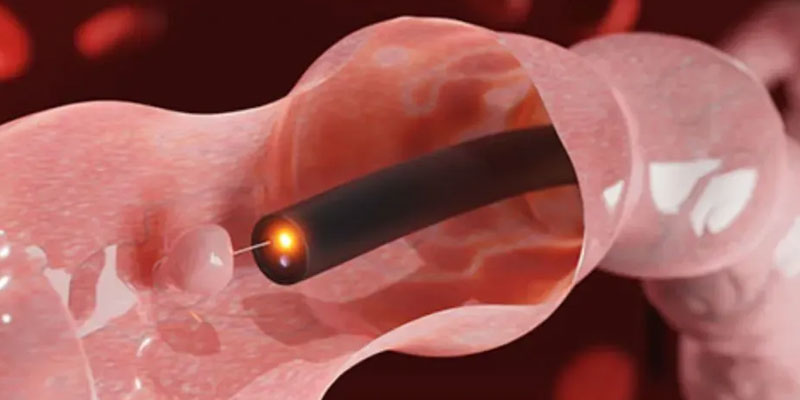- +91 8291896465 (9:00am to 6:00pm)
- +91 2268360000 | +9372507753 (24/7 Hrs)
- childliverguthealth@yahoo.com

Pediatric upper GI endoscopy and colonoscopy are diagnostic and therapeutic procedures used to evaluate and treat gastrointestinal (GI) disorders in children. These minimally invasive techniques help in early diagnosis, targeted treatment, and prevention of complications.
A flexible tube with a camera is inserted through the mouth to examine the esophagus, stomach, and duodenum.
Indications (Why It's Done)
Gastroesophageal Reflux Disease (GERD) – Persistent acid reflux, esophagitis
Swallowing Disorders (Dysphagia) – Evaluation of strictures, eosinophilic esophagitis (EoE)
Chronic Abdominal Pain & Vomiting – Investigating gastritis, ulcers, H. pylori infection
Upper GI Bleeding – Diagnosing causes like esophageal varices, gastric ulcers
Celiac Disease – Small intestine biopsy for diagnosis
Foreign Body Removal – Swallowed objects (coins, batteries, etc.)
Esophageal Dilation (for strictures)
Polyp Removal (Polypectomy)
Variceal Banding (for portal hypertension)
A flexible tube with a camera is inserted through the rectum to examine the colon and terminal ileum.
Indications (Why It's Done)
Chronic or Bloody Diarrhea – To diagnose inflammatory bowel disease (IBD) (Crohn's disease, ulcerative colitis)
Unexplained Lower GI Bleeding – Polyps, vascular malformations
Chronic Constipation – To assess structural or motility issues
Abdominal Pain – When linked to colonic disease
Polyposis Syndromes – Removal and biopsy of polyps
Suspected Infections or Colitis – Evaluation of chronic infections or allergic colitis
Therapeutic Uses
Polypectomy (polyp removal)
Stricture Dilation (for narrowing of the intestine)
Biopsies for Diagnosis